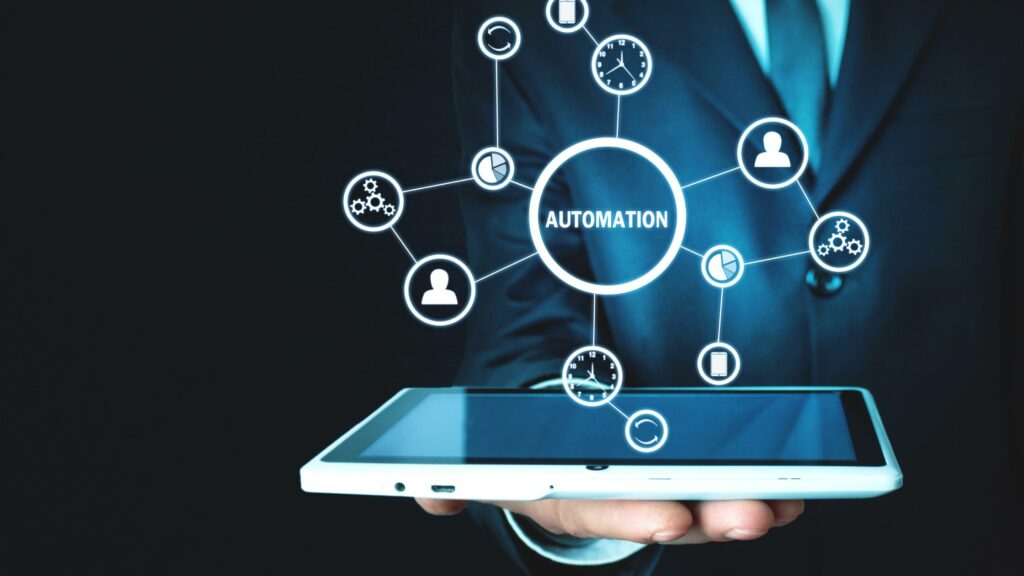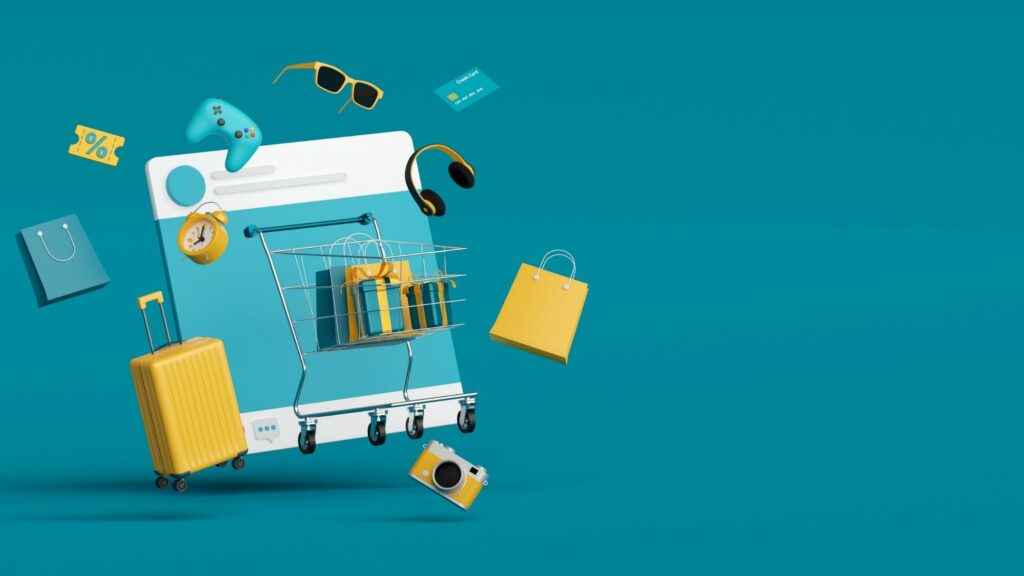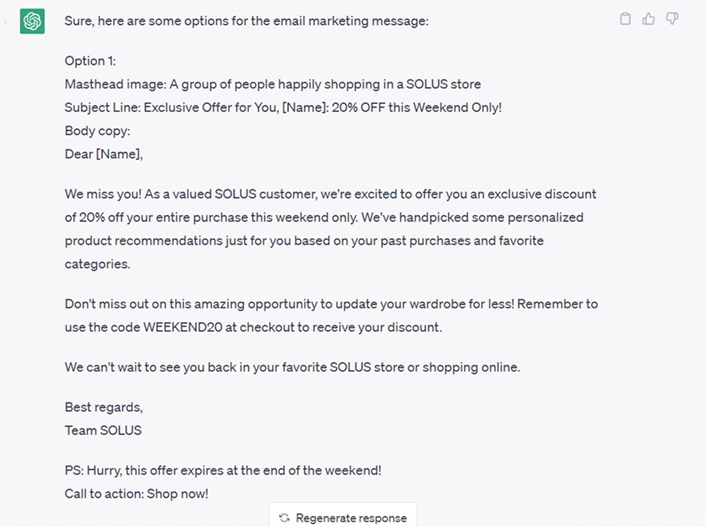Post-Purchase Automation: Strategies for Elevating Customer Loyalty and Advocacy
In the expansive realm of customer engagement, the post-purchase phase often remains underappreciated, yet it constitutes a treasure trove for cultivating unwavering customer loyalty and advocacy. Through the deployment of automation, businesses can execute post-purchase strategies designed not only to heighten customer satisfaction but also to transform mere buyers into devoted brand advocates. In this discourse, we shall embark on a journey through post-purchase automation, spotlighting recommender systems, predictive modeling, smart campaigns, and the enchantment of intelligent customer insights.
Unveiling the Post-Purchase Potential
A purchase is not the conclusion of the customer journey but, rather, the commencement of a new chapter. It is in the post-purchase phase that the alchemy of transformation occurs. This is where customers transcend their role as mere buyers to become loyal devotees and vocal advocates of a brand. To achieve this, businesses must embrace automation strategies that resonate with customers, offering them a seamless and gratifying experience.
Leveraging Recommender Systems for Cross-Selling and Upselling
Recommender systems are not limited to generating product suggestions prior to a purchase. They wield equal influence post-purchase. Following a customer’s acquisition, recommender systems can scrutinize their purchasing history and preferences, thereby suggesting complementary or premium products. For instance, should a customer procure a camera, recommender systems can propose compatible lenses, tripods, or other accessories, consequently yielding amplified sales and an augmented level of customer contentment.
Predictive Modeling: Prognosticating Future Desires
Predictive modeling transcends the retrospection of past behavior; it anticipates the future requirements of customers. By examining prior interactions, predictive modeling can forecast what additional products or services a customer is likely to covet. For instance, following the acquisition of a gym membership, predictive modeling might envisage personal training sessions, workout attire, or dietary plans as the customer’s subsequent logical interests.
The Craft of Astute Post-Purchase Campaigns
Sage campaigns in the post-purchase phase play a pivotal role in nurturing customer experience and loyalty. These campaigns entail the dispatch of personalized communications that enrich the customer’s experience. For instance, upon the purchase of a smartphone, a sagacious campaign may deliver content such as tutorials, recommendations for optimizing the device, or exclusive offers for pertinent applications. These campaigns convey the message that the brand-customer relationship extends beyond a mere transaction.
The Essence of Intelligent Customer Insights
Intelligent customer insights serve as the keystone of post-purchase automation. These insights delve deep into the customer’s journey, acquainting themselves with the customer’s motivations, predilections, and behaviors. By harnessing these insights, businesses can tailor their post-purchase campaigns to strike a chord with the customer on an intimate level, thus fostering enduring connections.
Building Loyalty Through Post-Purchase Automation
1. Personalized Expressions of Gratitude: A Profound Gesture
Following a purchase, the conventional “Thank you for your order” message, though polite, remains conventional. However, through automation, it can be elevated to a profound expression of gratitude. Intelligent customer insights allow for the personalization of thank-you notes. By addressing customers by name, expressing gratitude for their specific acquisition, and perhaps including a small, unexpected token of appreciation, these personalized touches evoke a sense of being valued, thereby increasing the likelihood of customer advocacy. A study by Accenture found that 91% of consumers say they are more likely to recommend a brand to others if they have a positive post-purchase experience, relevant offers, and recommendations.
2. Post-Purchase Feedback: An Attentive Ear
The insights derived from customer feedback are precious, as they offer the means to refine products and services. Automation can orchestrate the delivery of post-purchase surveys, which solicit customer opinions regarding their purchase experience and satisfaction levels. By demonstrating an eagerness to listen and improve based on feedback, businesses underscore their commitment to customer contentment.
3. Loyalty Initiatives and Exclusive Inducements: Nurturing Repeat Business
The implementation of a loyalty program that rewards repeat purchases stands as a potent post-purchase strategy. Automation can seamlessly manage these programs. Automated messages can be dispatched to loyal customers, presenting them with exclusive offers, discounts, or early access to novel products. This not only incentivizes repeat business but also imparts a sense of exclusivity and belonging.
4. Replenishment Reminders: Ensuring Seamless Continuity
For products characterized by predictable consumption, such as consumables or subscription services, automation can transmit replenishment reminders. For instance, if a customer acquires a printer, an automated reminder can be issued when it is time to reorder ink or toner. This not only enhances convenience but also bolsters customer loyalty by ensuring that essential supplies are consistently available.
Post-Purchase Automation in Practice
Consider the journey of a tech-savvy customer who has recently acquired a new laptop.
1. Personalized Gratitude:
Immediately following the purchase, the customer receives a thank-you email that addresses them by name and expresses appreciation for their choice of a laptop from your brand. The email includes a voucher for a complimentary laptop case as a token of gratitude.
2. Post-Purchase Survey:
A week later, an automated email arrives, inviting the customer to share their feedback on their purchase experience and the laptop’s performance. This engagement helps refine future products and demonstrates a commitment to customer satisfaction.
3. Loyalty Program Membership:
The customer is automatically enrolled in your brand’s loyalty program, and they receive a personalized email with a special “Tech Enthusiast” badge. This badge unlocks exclusive offers, such as discounts on laptop accessories and priority access to software updates.
4. Replenishment Reminder:
Several months down the line, the customer receives an automated email suggesting it might be time to replace their laptop battery. The email includes a link to a special offer for a discounted battery.
This customer journey exemplifies how post-purchase automation can nurture loyalty and advocacy by making the customer feel valued, heard, and rewarded for their ongoing engagement with your brand.
Measuring Triumph and Adapting Strategies
Triumph in post-purchase automation is quantifiable through metrics such as customer retention rates, repeat purchase rates, and customer satisfaction scores. These metrics supply invaluable insights into the efficacy of your strategies. Should you detect a diminishment in customer retention, for instance, it may be prudent to reassess and refine your post-purchase campaigns to better cater to your customers’ needs.
Takeaway
Post-purchase automation represents a melding of artistry and scientific rigor. It necessitates the artful crafting of personalized experiences and the analytical exploitation of customer data to anticipate their requirements. By implementing strategies that incorporate recommender systems, predictive modeling, sagacious campaigns, and intelligent customer insights, businesses can cement customer loyalty and metamorphose mere buyers into steadfast brand advocates who willingly sing the praises of their chosen brand.















